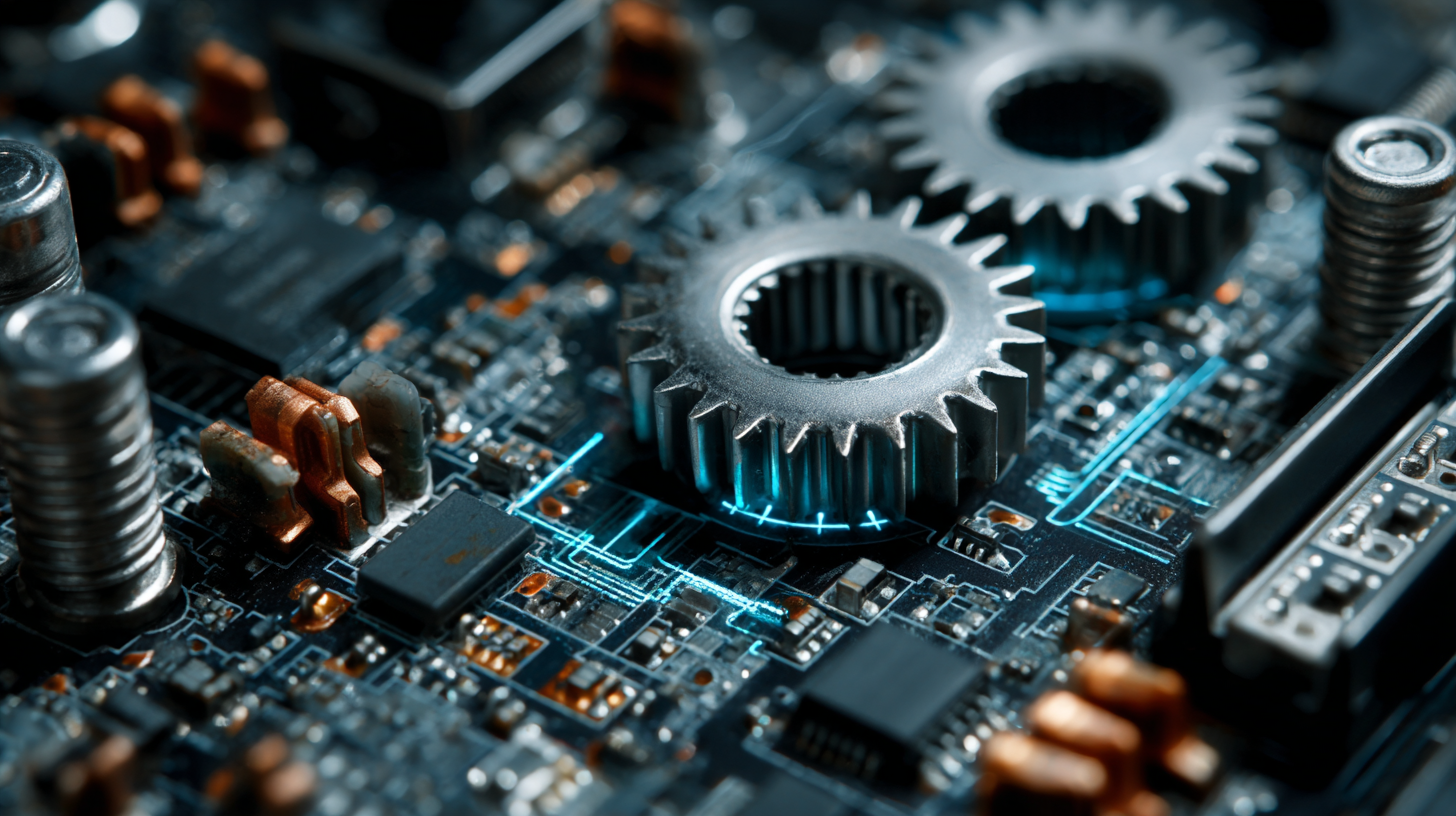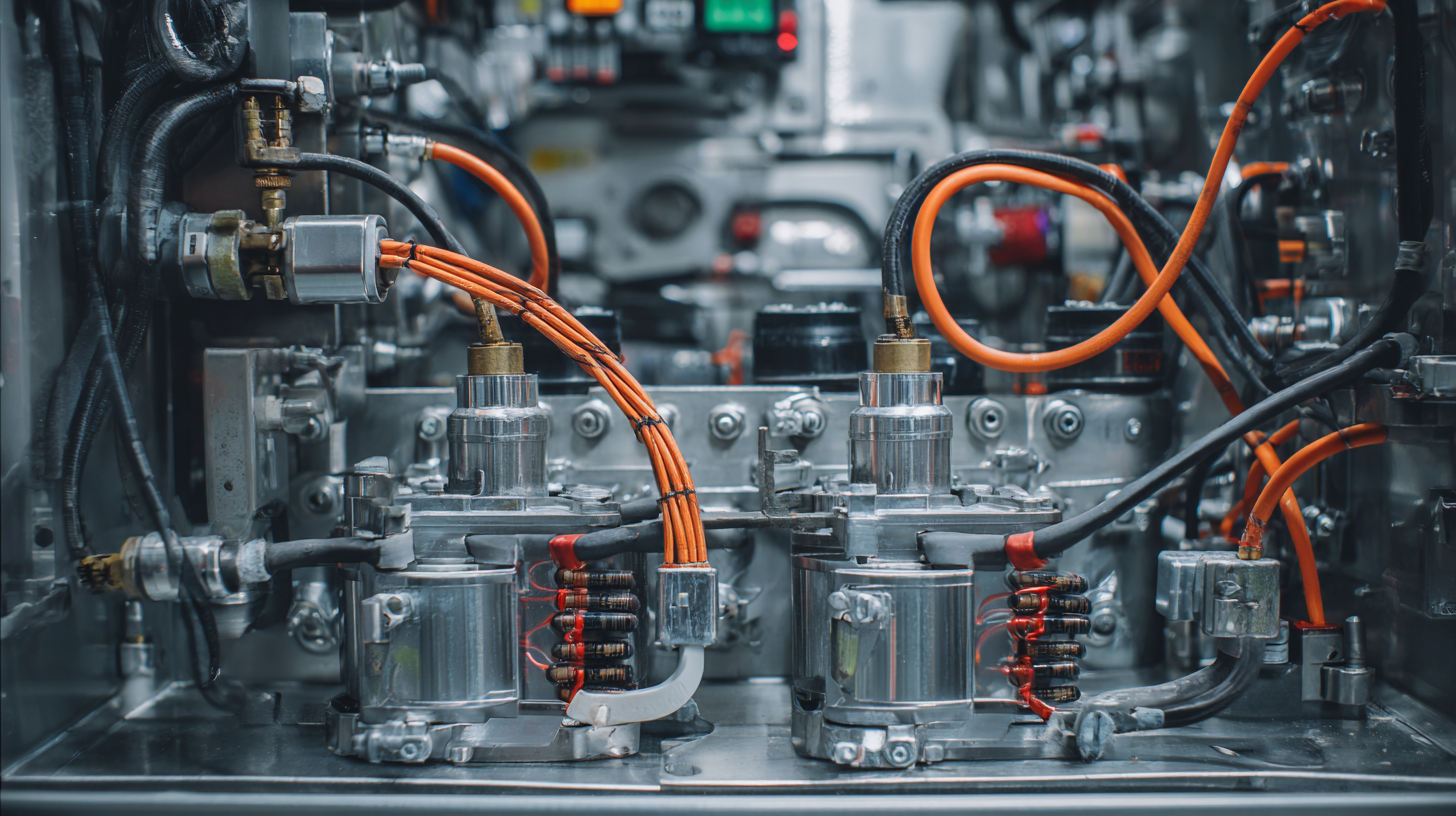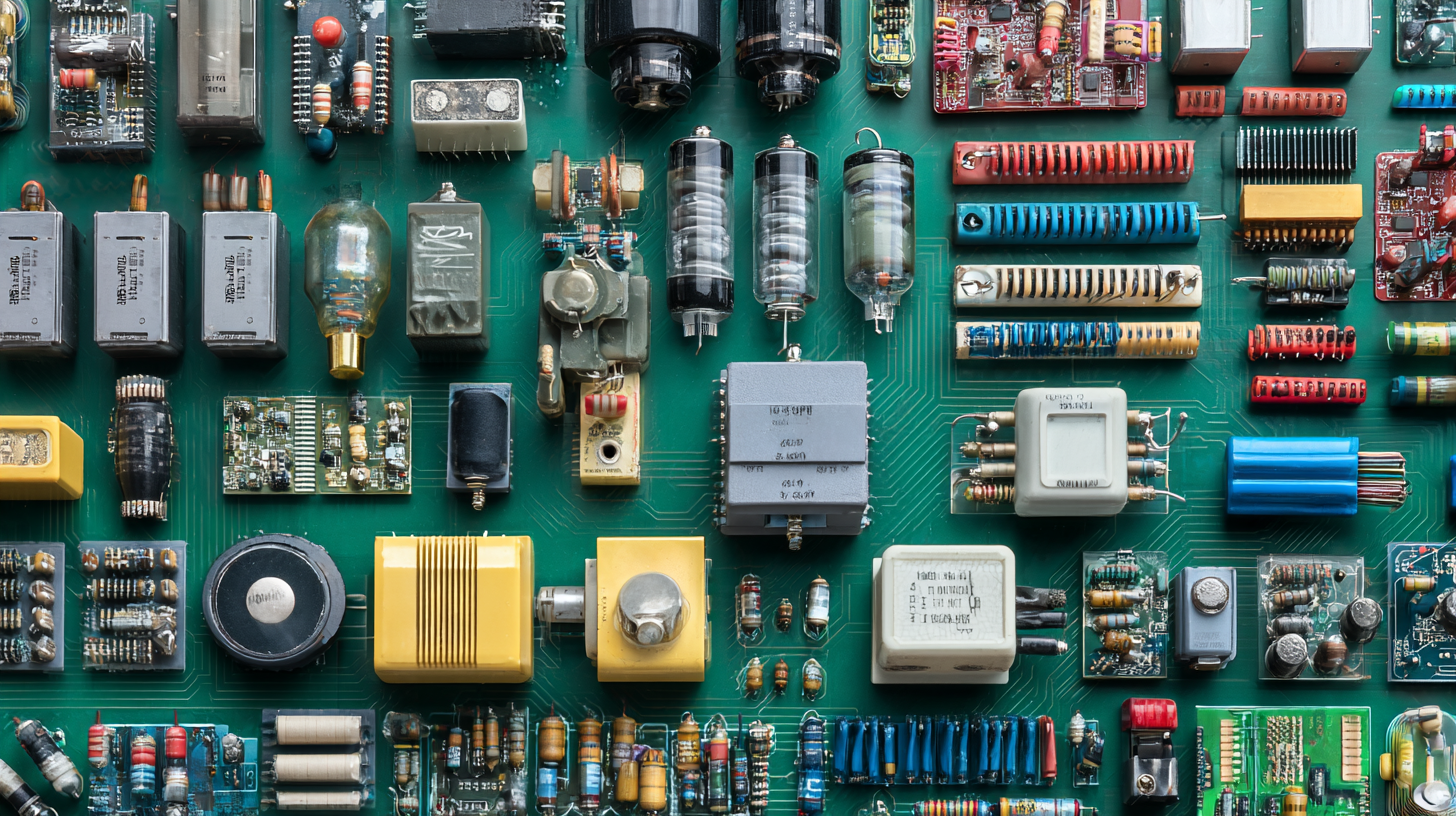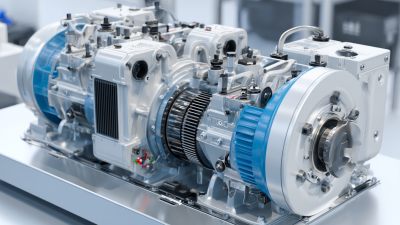What is Mechanical Electrical and How It Impacts Modern Technology
In the rapidly advancing landscape of modern technology, the integration of mechanical electrical systems stands at the forefront of innovation. These systems, which seamlessly combine mechanical engineering with electrical engineering, play a crucial role in the functionality of various devices and infrastructures that define our daily lives. As expert in the field, Dr. Jane Marshall, a leading mechanical electrical engineer, aptly stated, "The convergence of mechanical and electrical engineering is not just a trend; it's the foundation upon which the future of technology is built."

In this exploration, we will analyze the fundamental principles behind mechanical electrical systems, their current applications, and the promising future they herald for modern technological advancements. The synergy of mechanical electrical engineering not only enhances existing technologies but also paves the way for groundbreaking innovations that will shape our world for years to come.
Understanding Mechanical Electrical Systems in Modern Applications
Mechanical electrical systems, often referred to as mechatronics, play a crucial role in modern applications across various industries. These systems integrate mechanical engineering, electrical engineering, and computer science to create efficient, automated solutions that enhance performance and reliability. According to a report by MarketsandMarkets, the global mechatronics market was valued at approximately $130 billion in 2022 and is projected to grow at a CAGR of 9.1% from 2023 to 2028. This growth is fueled by the increasing demand for automation in manufacturing, robotics, and consumer electronics.
In many modern applications, mechanical electrical systems improve operational efficiency and reduce human error. For instance, in smart manufacturing environments, mechatronic systems enable real-time data analysis for optimizing production processes. A study highlighted by McKinsey indicates that, when implemented effectively, automation can increase productivity by up to 30% and significantly lower operational costs.
Tips: When considering the integration of mechanical electrical systems in your operations, prioritize scalability and adaptability. Regularly assess your technology to ensure it aligns with current trends and industry standards. Additionally, investing in workforce training can maximize the benefits of automation and enhance system integration.

The Role of Mechanical Electrical in Advancing Automation Technology
As we delve into the role of Mechanical Electrical in advancing automation technology, it becomes evident that this field is a cornerstone of modern innovation. Mechanical electrical systems combine mechanical engineering with electrical engineering, leading to sophisticated automation solutions that enhance efficiency and productivity across various industries. From robotics in manufacturing to smart home devices, the integration of these systems allows for seamless operations that were once thought impossible.
Tip: Embracing automation technology can significantly reduce operational costs. Implementing mechanical electrical systems not only streamlines workflows but also minimizes human error, contributing to higher quality outputs.
Moreover, the growth of the global online recruitment market highlights the increasing demand for skilled professionals in the mechanical electrical domain. As companies aim to automate processes, those with expertise in this area will find themselves in high demand. Businesses must adapt by investing in training and development to equip their workforce with the necessary skills to navigate this technological landscape.
Tip: Stay ahead in your career by continuously upgrading your skills in automation and mechanical electrical engineering. Online courses and specialized training programs can help you remain competitive in a market that is rapidly evolving.
Key Components of Mechanical Electrical and Their Functions
Mechanical electrical systems play a crucial role in modern technology, integrating mechanical and electrical components to enhance functionality across various applications. Key components of these systems include sensors, actuators, and controllers, each serving distinct functions that contribute to overall efficiency and performance. For instance, sensors are designed to detect changes in the environment and relay this information for processing, while actuators convert electrical signals into physical motion, enabling precise control in devices and vehicles.
In automotive engineering, the integration of mechanical electrical systems can be seen in advancements such as hybrid powertrains, where electrical and mechanical components work together to optimize energy use. This synergy not only improves vehicle efficiency but also reduces emissions, aligning with global sustainability goals.
Tip: When considering mechanical electrical systems for your projects, focus on selecting high-quality sensors and actuators that match your specific requirements. This attention to detail can significantly enhance the reliability and performance of your technology, ultimately benefiting both the user and the environment.
Future Trends: The Evolution of Mechanical Electrical by 2025
The evolution of mechanical electrical systems is set to significantly shape modern technology by 2025. As highlighted at the recent 25th China Electric Power Industry 100 Strong Research Conference, the intersection of intelligent systems and green technologies is paving the way for sustainable growth in various sectors. The mechanical and electrical services market is projected to grow from $1588.5 billion in 2025 to $3019.3 billion by 2032, reflecting a compound annual growth rate of 9.6%. This growth underscores the critical role of mechanical electrical innovations in enhancing efficiency across industries.

As companies funnel investments into advanced manufacturing and smart infrastructure, the importance of reliable electrical systems becomes paramount. For instance, the global demand for automated solutions, driven by emerging technologies and market needs, indicates a surge in both the integration of mechanical and electrical engineering. Upcoming conferences, such as the IEEE International Symposium on the Application of Artificial Intelligence in Electric Engineering, emphasize the role of AI in refining these systems, promising to usher in a new era of enhanced operational capabilities and reliability by 2025. The trend towards integrating advanced, intelligent technologies into mechanical electrical systems is not only a strategic move for businesses but is also essential for achieving competitive advantage in the rapidly evolving technological landscape.
The Impact of Mechanical Electrical on Sustainable Technology Solutions
The global focus on sustainable technology solutions has intensified, with mechanical electrical innovation playing a crucial role in this shift. As the carbon nanotube market is projected to expand from $7.75 billion in 2025 to $18.98 billion by 2032, advancing at a compound annual growth rate (CAGR) of 13.6%, it highlights the potential of these materials in enhancing energy efficiency and sustainability across various sectors, including automotive and aerospace.
Furthermore, the mechanical, electrical, and plumbing (MEP) services market is expected to grow from $158.85 billion in 2025 to an impressive $301.93 billion by 2032, reflecting a CAGR of 9.6%. This growth underlines the increasing integration of sustainable practices in construction and maintenance, as companies seek to minimize their environmental footprint. With further partnerships in the field, such as advancements in AI-driven platforms, the mechanical electrical domain is set to drive forward sustainable technology solutions, reshaping industries and contributing to a greener future.
What is Mechanical Electrical and How It Impacts Modern Technology - The Impact of Mechanical Electrical on Sustainable Technology Solutions
| Dimension | Description | Impact on Sustainable Technology | Examples |
|---|---|---|---|
| Energy Efficiency | Utilization of mechanical electrical systems to optimize energy usage. | Reduces waste and operational costs. | Smart grids, energy-efficient motors. |
| Renewable Energy Integration | Facilitating the use of renewable energy sources. | Supports sustainable development goals. | Wind turbines, solar panel systems. |
| Automation | Integration of mechanical and electrical systems for automation. | Increases productivity while lowering resource consumption. | Robotic assembly lines, automated energy management systems. |
| Smart Technology | Development of intelligent mechanical electrical systems. | Promotes smarter resource usage and decision making. | IoT devices, smart home systems. |
| Sustainable Materials | Use of eco-friendly materials in mechanical electrical designs. | Minimizes environmental impact throughout the lifecycle. | Biodegradable components, recycled materials. |
Related Posts
-

Maximizing Savings with Superior After Sales Support for Best Mechanical Electrical Solutions
-

Exploring Innovative Alternatives in Machine Engineering for Enhanced Efficiency and Productivity
-

What is the Impact of Mechanical and Electrical Engineering on Modern Industries
-

Ultimate Guide to Selecting the Best Motor Mechanical Engineering Solutions for Global Buyers
-

Innovative Trends in Automotive Mechanical Engineering Shaping the Future of Vehicle Design
-

How to Choose the Right CNC Precision Engineering Solutions for Your Business Needs
